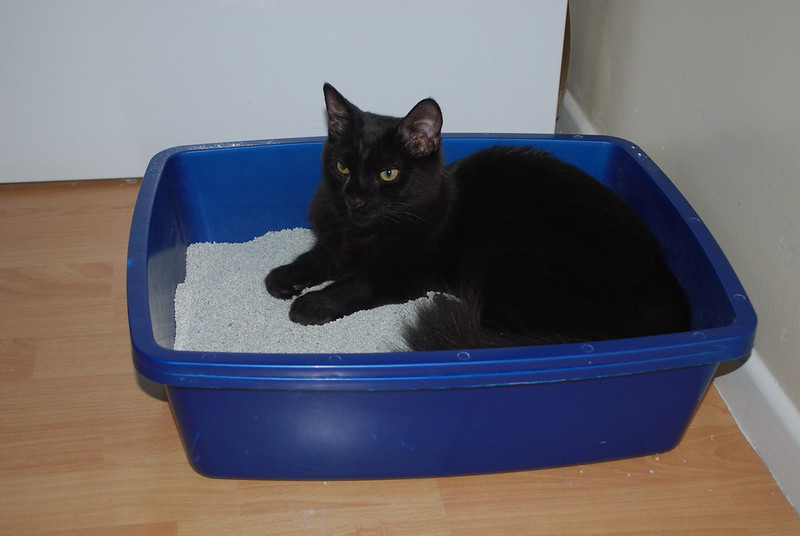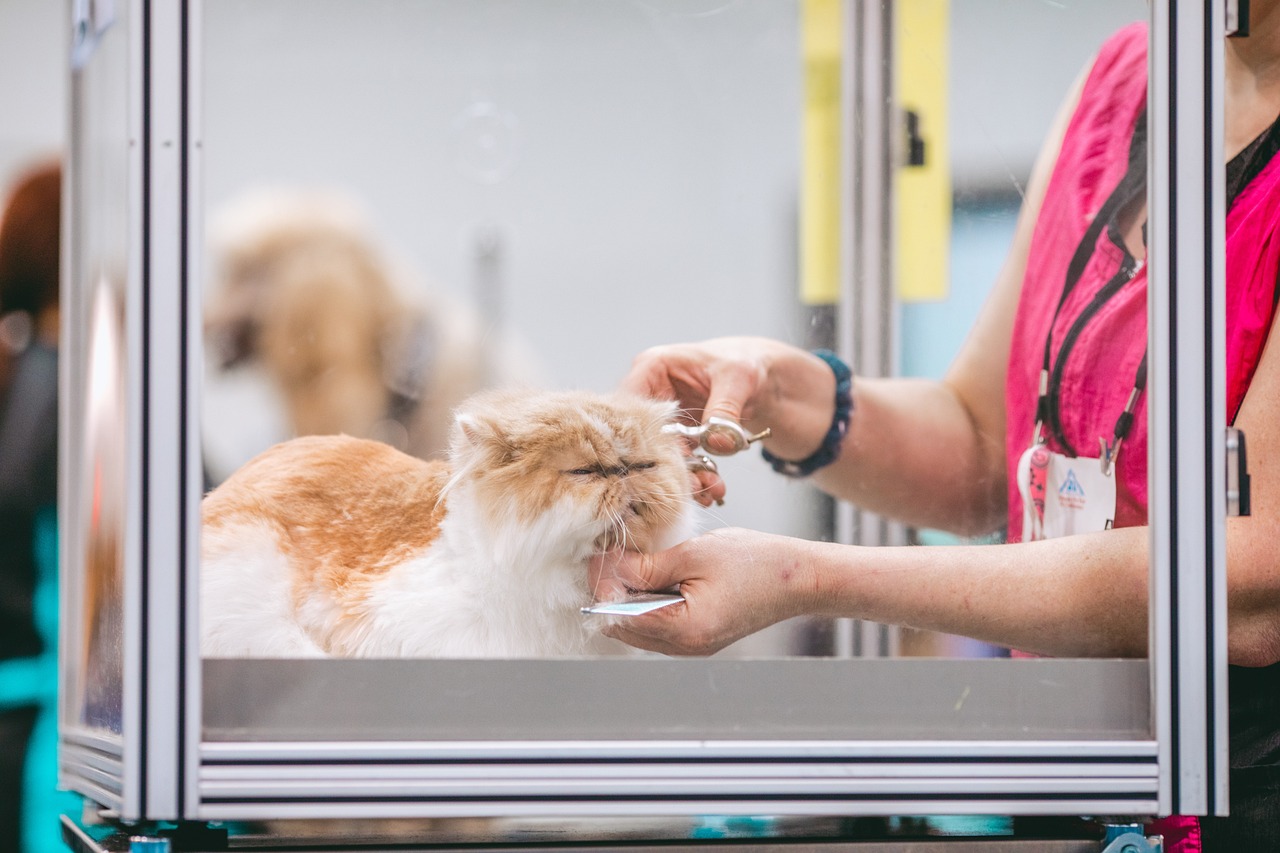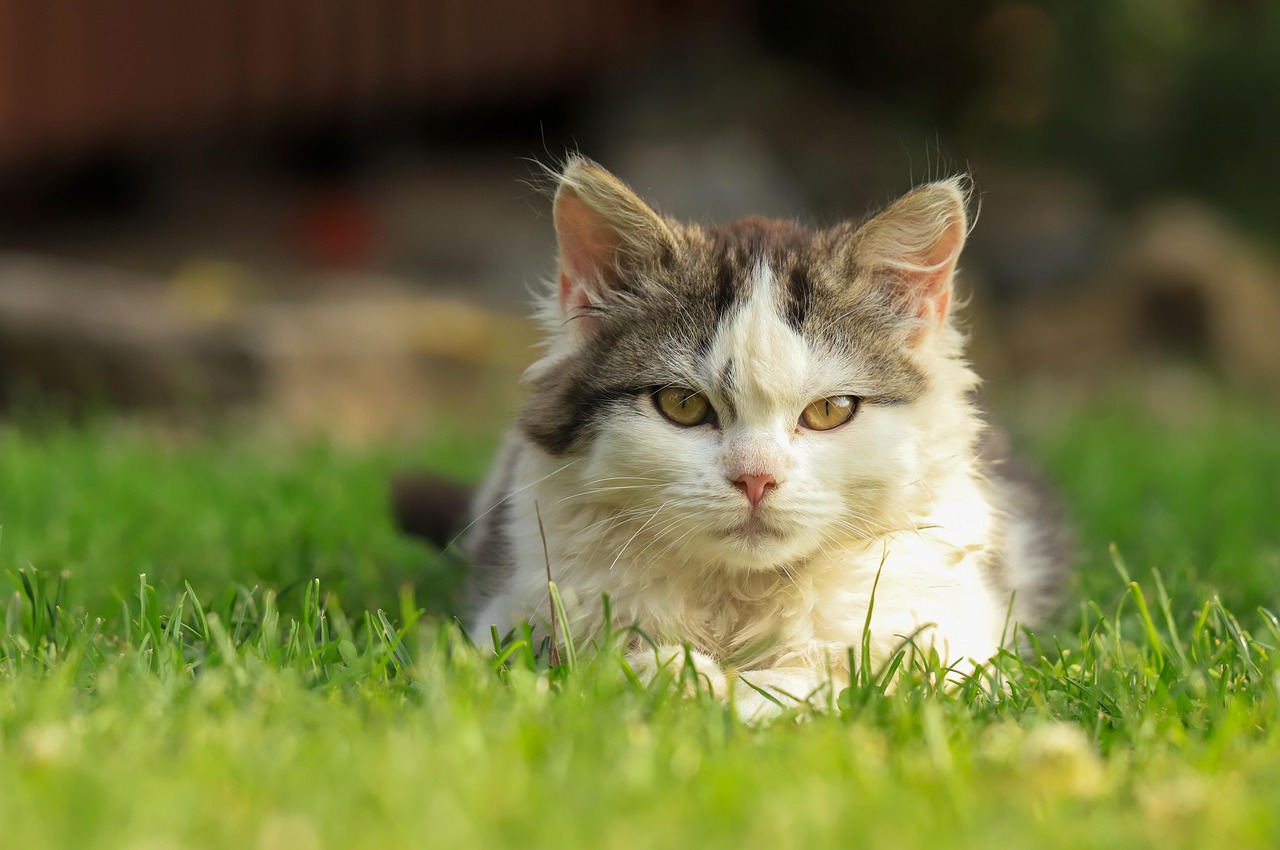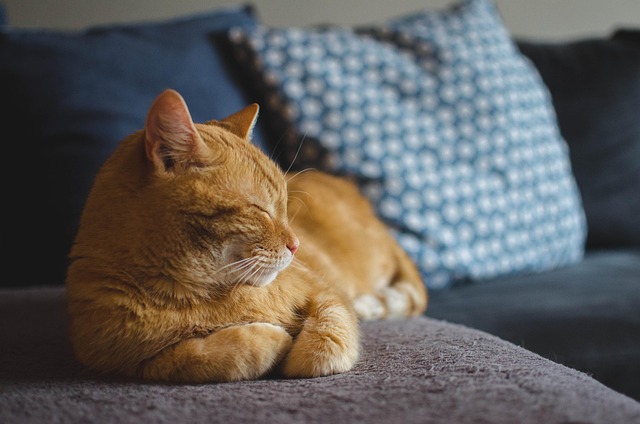As cats age, their routines and abilities begin to change. Once simple tasks, like stepping into the litter box or turning around inside it, can become difficult. Stiff joints, weaker balance, and slower movement can all affect how an older cat uses the litter box. Choosing the best litter box for senior cats can make daily life easier, helping them stay comfortable and clean.
This guide explains why senior cats need a special litter box, what features to look for, and which options are most suitable for aging felines.
Why Senior Cats Need a Special Litter Box
Senior cats, usually over ten years old, often face mobility issues that affect how they use their litter box. Common problems include:
- Difficulty stepping in and out: Joint pain or stiffness makes high sides hard to climb.
- Pain when crouching: Arthritis or hip problems can cause discomfort when squatting.
- Loss of balance: Weaker muscles make it harder to stay steady in smaller boxes.
- Accidents outside the box: When entry is painful, cats may choose to go nearby instead.
These issues are signs of physical limitation rather than poor behavior. A litter box designed for older cats can help them:
- Enter and exit easily
- Move comfortably inside
- Stay clean and confident without stress
Key Features When Choosing a Litter Box for Senior Cats
When choosing a litter box for an older cat, think about comfort, safety, and convenience. Small adjustments can make a big difference in how your cat feels each day.
1. Low Entry Design
A box with a low entry, ideally three to five inches high, allows your cat to step in without strain. This is especially important for cats with arthritis or hip stiffness.
2. Spacious Interior
Older cats need space to move, turn, and crouch comfortably. A larger, open area helps them find a stable position and reduces the chance of litter being kicked out.
3. Smooth and Sturdy Surface
Look for a box that stays steady on the floor. Non-slip materials and smooth surfaces keep it secure and easy to clean. Avoid sharp corners or high edges that could make entry more difficult.
4. Easy Cleaning
Look for a box that stays steady on the floor. Non-slip materials and smooth surfaces keep it secure and easy to clean. Avoid sharp corners or high edges that could make entry more difficult.
5. Open vs. Covered
While covered boxes can help with odor control, some older cats find them uncomfortable or hard to enter. An open or half-covered design often works better for visibility, airflow, and accessibility.
Our Pick for Senior Cats: Neakasa Automatic Cat Litter Box
If you prefer a litter box that keeps itself clean while still being gentle for older cats, the Neakasa M1 is worth considering. It combines an automatic cleaning system with a roomy interior and a wide, low-angle entry that many senior cats can step into comfortably.
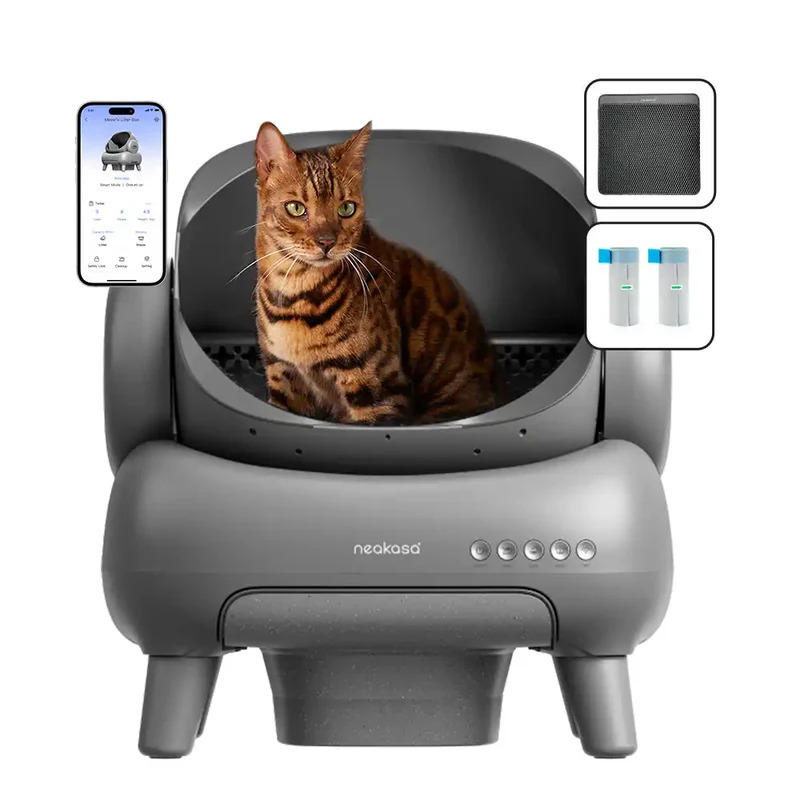
The M1 provides enough space for cats to turn around without feeling cramped, and its quiet cleaning cycle keeps the area fresh. The built-in monitoring feature also allows owners to keep track of litter box usage, which can be useful for spotting changes in health or hydration.
Pros
- Wide entry suitable for most senior cats
- Automatic cleaning reduces odor and maintenance
- App tracking for litter box activity
Cons
- More expensive than a standard box
- Entry height may still be challenging for cats with severe mobility issues
Best for moderately active senior cats whose owners want a clean, low-effort solution without constant scooping.
How to Help Your Senior Cat Transition to a New Litter Box
Even the best litter box takes time for a senior cat to accept. You can make the transition smoother by:
- Keeping the same litter type while introducing the new box
- Placing it in familiar spots with good lighting and stable flooring
- Adding extra boxes on each floor for convenience
- Monitoring cleanliness daily, since older cats are less tolerant of odor
If your cat suddenly stops using the litter box or seems uncomfortable, it may be due to pain, arthritis, or urinary issues. A quick vet check can help rule out medical problems.
Extra Tips to Comfort Your Senior Feline
You can support your senior cat further with a few small adjustments:
- Add a soft mat near the litter box for better grip and warmth.
- Keep food, water, and litter boxes on the same level of your home.
- Offer cozy resting spots close to the litter area.
- Visit the vet regularly to monitor joint and kidney health.
These small details can make everyday life more comfortable for your aging companion.
Final Thoughts
The best litter box for senior cats is one that removes barriers and supports their changing needs. For many, a simple low-entry pan is all they require. For others, a smart option like the Neakasa M1 offers added convenience and cleanliness.
Every cat is different. Watch how your cat moves, rests, and uses the litter box to understand what makes them feel secure. With the right setup and a little patience, you can help your senior cat stay clean, confident, and content in their later years.

